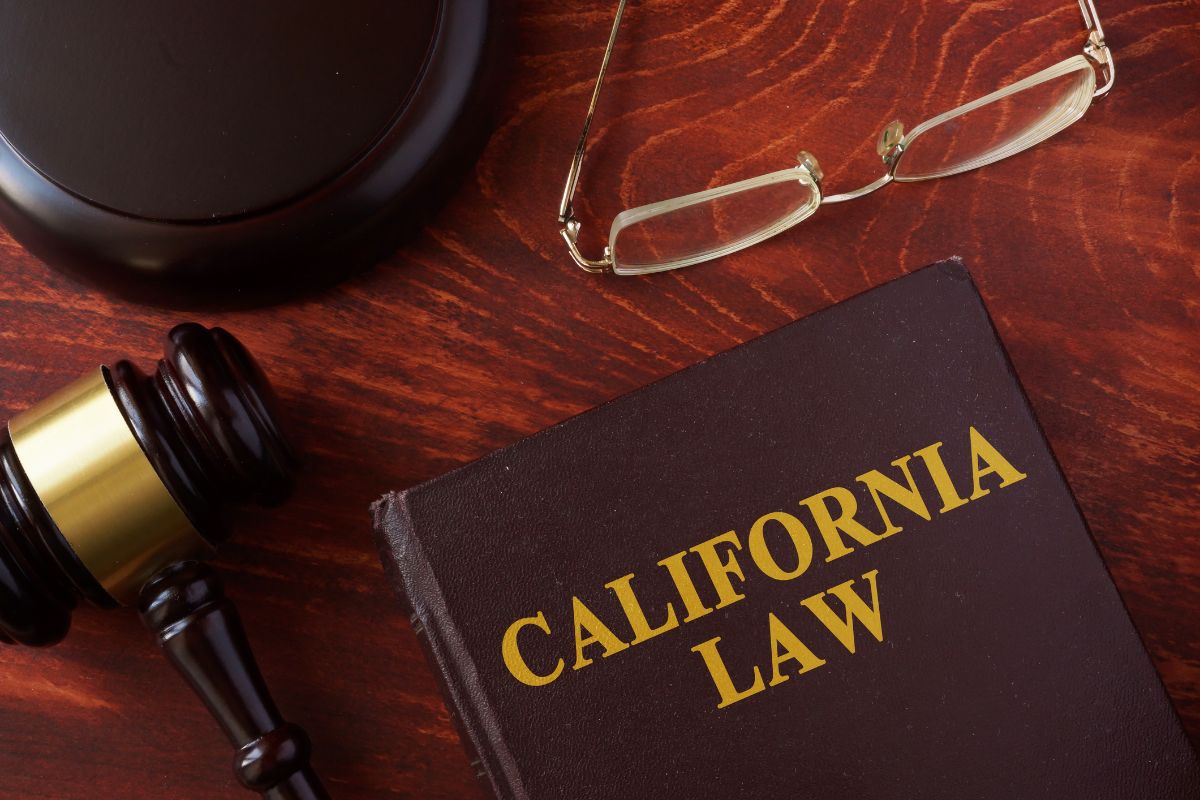Motion Practice – Preliminary Considerations

Attorneys file a vast number of motions over their careers. Motion practice is the most common courtroom experience in a legal services practice. The submission of a motion pre- or post-trial enables a party to approach a court directly and request it to perform some specific action, such as a ruling on a legal issue. Motions may be filed at any stage of a criminal, civil, or even an administrative proceeding, and they may request almost anything. At its most basic, a motion is a request for an order.
Whether an extensive, detailed, voluminous motion for summary judgment or a paragraph-long motion to extend time, a motion as a procedural tool provides “the grease to move the wheels of legal matters forward.” For attorneys, effective motion writing is a vital skill since the goal of every motion is to persuade a court to rule in favor of a client. Used timely and correctly, a well-drafted motion may be the difference between winning and losing a case on a client’s behalf.
Most civil actions involve several pre-trial motions — from seeking preliminary injunctive relief to requesting discovery sanctions. And more civil cases are decided on the merits by motions — such as motions to dismiss or for summary judgment — than by trial.
Most laws and rules of procedure require that pre-trial motions:
- be written,
- be set for a court hearing,
- be supported by memoranda of law,
- be supported by written testimony where facts must be proved,
- include a proposed order.
Federal Rules of Civil Procedure (FRCP) and their state equivalents contain the basic procedures for civil litigation. These rules are either statutes enacted by legislative bodies or rules issued by a jurisdiction’s highest court. 28 U.S.C. § 2072 authorizes the Supreme Court to prescribe rules of procedure for federal district courts. All 94 federal districts have local rules governing motion practice in their courts. Links to all the courts are found on the U.S. Courts website.
Civil procedure rules governing motions include the types of motions that may be brought, the grounds upon which they may be brought, who may bring them, and how they may be brought including timing and amount of notice required. Almost no motion is truly ex parte as all courts require some sort of notice to all parties affected by the motion. While most courts allow motions to be served and filed electronically, some require it.
Federal Rules of Civil Procedure 7, 10, 11, and 12 set forth the form, content, and types of federal court motions. Rules that cover particular motions include Rule 37 (Discovery Motions), Rule 55 (Setting Aside Defaults), Rule 56 (Summary Judgment), and Rule 65 (Injunctions).
Each of the four federal district courts in California has a web site where you can find court rules and judges’ standing orders or Chamber’s Rules. Rules governing motion practice in California include the California Code of Civil Procedure, California Rules of Court, and local court rules in each of California’s 58 county court systems.
California Code of Civil Procedure §§ 1003 – 1020 governs motion orders, notices, filing, and serving requirements. The Code of Civil Procedure also sets forth the grounds for substantive rules affecting motions, such as § 418.10 (quash service of summons), §§ 430.10, 430.30 (demurrer), §§ 435- 437 (strike), § 437c (summary judgment), §473 (setting aside defaults), and §§ 2016.010 et seq. (discovery).
California Rules of Court govern the specifics of motion form, format, and filing (3.1110-3.1302) including points and authorities (3.1113), and hearing procedures (3.1304- 3.1308) for all motions. The requirements of the following motions are detailed in more particularity in these sections:
- pleading (3.1320-3.1382);
- discovery (3.1000-3.1030);
- summary judgment (3.1350-3.1354);
- writs and receivers (3.1140, 3.1142);
- injunctions (3.1150-3.1153); and
- miscellaneous motions (3.1360-3.1384).
Each of the 58 court systems in California has its own local court rules. All local rules relating to pleadings, demurrers, ex parte applications, motions, discovery, provisional remedies, and form and format of papers have been preempted by the California Rules of Court. California Rule of Court 3.20. However, local rules still operate in law and motion matters in areas where California Court Rules either are silent or direct trial courts to issue local rules.
In light of the 2020 COVID-19 pandemic, anyone may take advantage of CDTA’s distance learning program. If you live in the Coachella Valley and are interested in becoming an attorney-advocate, the California Desert Trial Academy in Indio, California is close by and conveniently located. As current times make traveling to the CDTA difficult and challenging, CDTA’s vast array of online resources will keep you connected.


